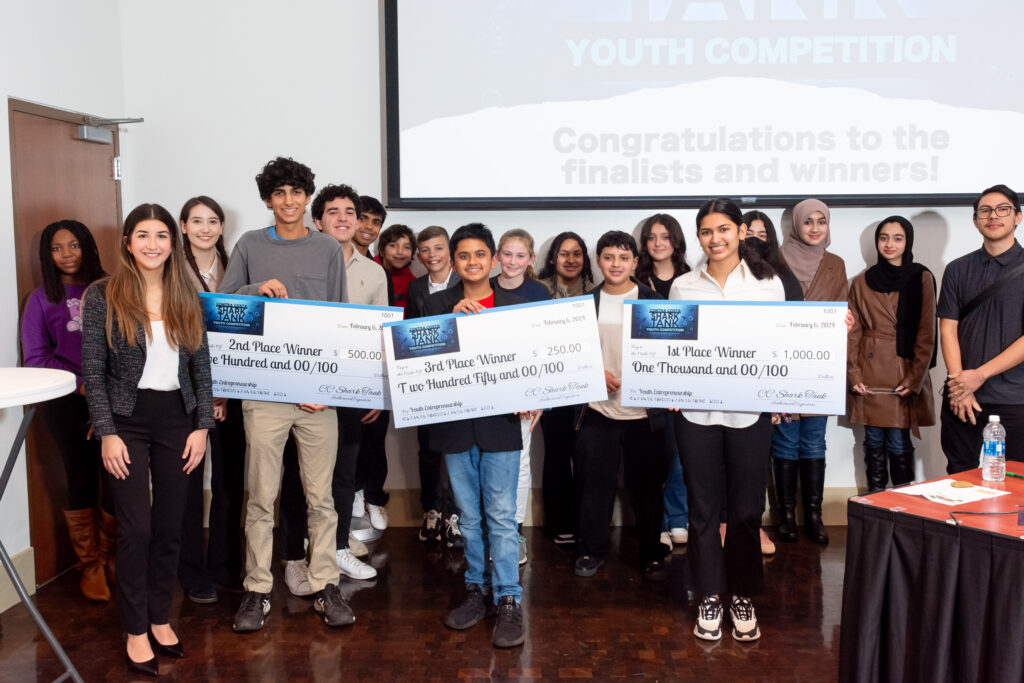From Antioch, Bay Point, Richmond; $150K of items stolen in organized retail theft
Antioch man has history of arrests, as does one other suspect from Hayward
By Tracy Police Department
On Thursday, March 21, 2024, at approximately 2:25 p.m., the Tracy Police Department Communications Center received reports of a robbery in progress at Don Roberto Jewelers located inside the West Valley Mall. During the robbery, eight (8) subjects, wearing face masks, entered the store and used hammers to smash the glass displays, proceeding to take approximately $150,000 in jewelry before fleeing the area.
As the subjects associated with the robbery were seen fleeing the area, witnesses reported observing a stolen white BMW SUV occupied by four (4) of the subjects was involved in a solo crash near the east entrance of the mall near Corral Hollow Road, while the other four (4) subjects were able to get away. As the four subjects involved in the crash fled on foot,
Due to the four subjects involved in the crash fleeing on foot, Stockton Police Department Air Support, the California Highway Patrol, and the San Joaquin County Sheriff’s Office responded to assist in an area search. During their search, the four subjects, identified as Eric James Anderson (21 years old of Antioch, CA), Trevion Williams (21 years old of Bay Point, CA), Jayden Deonte Barnes (19 years old of Richmond) and Jamary Barnes (23 years old of Hayward, CA) were located within the perimeter set by Tracy PD and assisting agencies.
Investigators assigned to the General Investigations Unit (GIU) responded to the scene to continue the investigation.
All four subjects were arrested for PC 490.4 – Organized Retail Theft, PC 182 – Conspiracy to commit a crime, and PC 211 – Robbery by force or fear, and booked into the San Joaquin County Jail.
According to localcrimenews.com, the 6-foot, 7-inch, 140-pound Anderson, who is Black, has been arrested multiple times since June 2021 by Alameda County, Kern County and San Joaquin County Sheriffs’ Departments, Oakland PD and as recently as Feb. 29, 2024, by Fresno PD including for multiple gun crimes, vehicle robbery, burglary, receiving stolen property, vehicle theft and evasion with wanton disregard for safety.
According to localcrimenews.com, the six-foot, four-inch, 160-pound Barnes, who is Black, also has a history of arrests dating back to Sept. 2019 by multiple agencies for crimes including street terrorism, possession of a machine gun, grand theft, gang conspiracy, drug possession and first-degree residential robbery.
At this time, the investigation is ongoing. If you have any information, contact Detective Kenneth Steele at Kenneth.Steele@TracyPD.com or (209) 831-6660, or Detective Lissette Ortiz at Lissette.Ortiz@TracyPD.com or (209) 831-6569. To make an anonymous tip, contact Tracy Crime Stoppers by calling (209) 831-4847 or by texting “TIPTPD” and your message to CRIMES (274637).
Allen D. Payton contributed to this report.












